Curiouser and Curiouser
Jason Savage
Professional photographer from Hamilton, Montana
You may have picked up that I am an avid reader of Nature’s Best Photography Magazine. I was recently flipping through the 20th anniversary issue, enjoying the animals and the landscapes and the underwater scenes, when I found myself continually turning back to the same page (p. 62, if you’re interested). There was something extremely compelling about Jason Savage’s photo of a pair of fighting sandhill cranes (below); I couldn’t move past it. Nature photography often shows us sweet, peaceful moments, or else tries to capture the photographer’s sense of awe for the creature. This image though – it was a frozen moment of a ferocious brawl. I don’t know why I kept coming back to it. I just knew that it was powerful, and fascinating, and that I had to talk to that photographer.
Just like I don’t know exactly why his photo stood out to me so much, Jason doesn’t quite know why he values nature and likes wildlife so much. “I just do!” he says. He’s always liked nature, he grew up with it, but he didn’t take up photography until he was an adult. And even then, he was a landscape photographer rather than a wildlife photographer. He might photograph an animal if it was there, if it was convenient, but otherwise he didn’t really focus on the animals too much.
But when you live somewhere like Montana, constantly surrounded by amazing wildlife, it becomes difficult to overlook those creatures. You can’t help but become fascinated by them. “I’ve always been interested in nature,” Jason tells me. “But I didn’t start photographing until I was in my, like, early-mid 20s? And so as I got more into nature photography and wildlife photography, I was spending more time in the field, and I think that started to affect how I was seeing things. When you spend days on end in an area, or in a photo blind … you really start to see things you haven’t seen before.”
While Jason has never formally studied environmental science or biology, he has learned a huge amount about biodiversity and conservation through his photography. Sometimes he researches an animal before he goes out in the field, and that’s primarily to make sure he knows what sort of behavior to expect. But often, he’ll spot something that he hasn’t seen before, and it’ll pique his curiosity and lead him to look up that animal and learn more about it. All the knowledge he has now is a direct result of his nature photography career.
If you look through the galleries on Jason’s website, you’ll see amazing natural vistas and wildlife, but also farmland and pastoral scenes. Many of these photos are taken during the tours and workshops he leads all over the northwestern US. Photographing both the natural and the “unnatural” allows Jason to really see how the human world is creeping in on the wild, constantly encroaching with our continued building and habitat destruction. “We’re certainly destructive, destructive folks as humans sometimes,” he tells me. “But there’s a lot of people doing good things too, working to preserve it.”
In addition to all of his photography work, Jason now does quite a lot for local conservation groups, primarily by using his images to raise awareness. Even in the huge and wild state of Montana, the natural spaces are shrinking. Habitats are disappearing. Jason explains, “Here in Montana, a lot of our wildlife was pushed heavily back into the mountains, and things just get put into smaller and smaller areas.” But he and his fellow conservationists are trying to fight back: “We’re looking to connect a lot of these islands of habitat that we have here.” And now with two young kids, Jason has a personal stake. He tells me, “I care very deeply about the natural world, and to see it disappear like it is right now is kind of a heartbreaking thing, especially for my children, and future generations.”
One piece of our conversation stands out in my memory more than any other. When I ask Jason why he values biodiversity personally, he’s a bit lost for words. And I get that – if someone asked me something like that out of the blue, I would probably stutter something about, “I just like animals!” But then Jason comes up with the most concise, matter-of-fact reason for protecting biodiversity that I think I’ve ever heard: “It just seems like common sense to me. You know?”
Quick Facts about Jason
Favorite places to take photos: The Pacific Northwest and other western coastal areas.
Favorite photo subjects: No one particular favorite animal, but loves to photograph wildlife within a beautiful natural landscape.
What’s next for Jason: Just trying to take a better photo today than he did yesterday – improving one shot at a time. And of course, conserving habitats for the wildlife of the American northwest.
Where you can find him online: www.jasonsavagephotography.com
Jason's Photography Tips
- Be patient!
- If you know how your subject will behave, you’ll be able to anticipate their movements and get better shots.
- Just follow your heart and your passion for photography!





